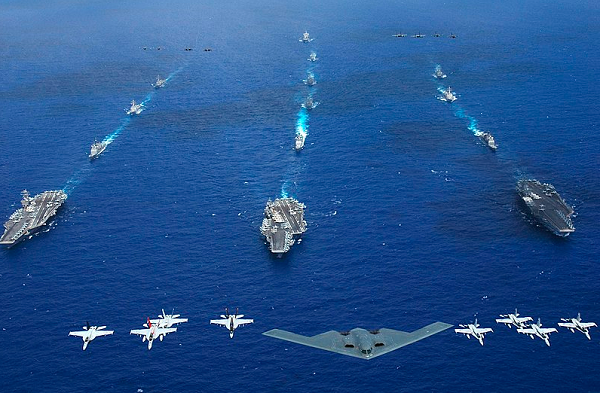The Navy and Air Force are military branches that fall under the Department of the Navy and the Department of the Air Force, respectively.
These departments fall under the Department of Defense and have different responsibilities when it comes to protecting the United States.
If you are considering joining the military and have narrowed your decision down to the Navy or the Air Force, you may be wondering what the difference is.
Below we will discuss what the Navy is, what the Air Force is, details about them both, and 5 key differences between them.
Continue reading for more on Navy vs. Air Force.
Related Article – Air Force Reserve Benefits
Jump To A Section
What is the US Navy?
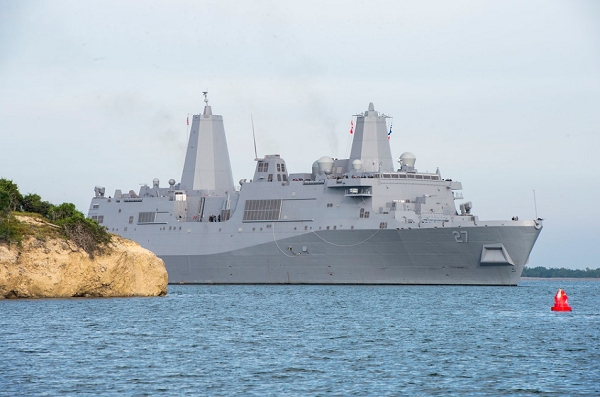
The US Navy is a Department of Defense Military Branch that serves its main duties on the sea.
The Navy has ships, aircraft, and submarines that allow for an advantage in warfare.
It is one of the largest naval forces in the world with its surprisingly capable sea and air abilities.
Currently, the Navy has 296 deployable battle force ships.
Of those 296 deployable ships, 107 are currently deployed, including submarines.
The Navy has multiple aircraft carriers in the Atlantic and Pacific Oceans.
The US Navy is a multiple-force threat that has the ability to mobilize at a moment’s notice.
Related Article – Navy Jobs List: A List Of All 71 Ratings In The US Navy For 2020
How big is the Navy?
The US Navy currently has 343,223 active duty personnel.
Of the active duty personnel, 55,044 are officers and 287,179 are enlisted.
The US Navy also has 48,618 individuals in the Ready Reserve.
They have 45,345 Selected Reserve and 10,084 Training and Administration Reserve.
What does the Navy do?
The US Navy has the capability to support battles in the sea, in the air, and on the ground.
They have one of the largest naval fleets allowing them to detect, neutralize, and attack threats.
Their capabilities include air strikes with their multiple aircraft carriers and large air force.
Navy personnel are also trained on ground equipment and vehicles to support ground operations when needed.
What are their responsibilities?
The Navy is responsible for protecting the US soil at ports and on the sea.
Naval ships patrol international waters to protect the US.
Having the capability of a naval presence allows for an existing fighting force in the event the mainland is attacked and under siege.
Their responsibilities include maritime security, providing naval warfare capabilities, and deterring attacks.
The Navy uses aircraft carriers, amphibious assault ships, cruisers, littoral combat ships, destroyers, and submarines to deploy troops, engage targets, provide near-shore and open-water operations, and carry out underwater missions.
Related Article – Navy Uniform Regulations 2020
What is their command structure?
The Navy is one component of the Department of the Navy, (the Marine Corps is the other component).
It has one of the more complex command structures out of all of the US armed forces.
The Navy is broken into a dual command structure including an administrative structure and an operational structure.
The purpose of this is to alleviate operational commanders from administrative functions that might inhibit their ability to fully focus on commanding combat forces.
Administrative Organization
The administrative organization is responsible for training, research, maintenance, personnel, and supply chain.
The administrative organization begins with the Secretary of Defense and is followed by the Secretary of the Navy, the Chief of Naval Operations (CNO), and then the Commanders in Chief along with the Commander of the Naval Reserve Force.
The types of commands include:
- Shore Command- Installations that are on-shore who complete supporting operations such as repairs, training or medical.
- Systems Command- 5 Commands that assist with technical requirements
- Type Command- This command supports personnel, training, and repair on Navy fleets. This can be broken down further into smaller command types.
Operational Organization
The Secretary of Defense issues orders to the combatant commands, who then issue orders to the component commanders.
The component commands include the Pacific Fleet, Naval Forces Central Command, Fleet Forces Command, and Military Sealift Command.
Component commanders control numbered fleet commanders.
Numbered fleet commanders command ships, submarines, and aircraft known as fleets.
There are seven active fleets in the Navy that are divided into task forces, task groups, task units, and then task elements.
The Navy also has squadrons for aviation units and Naval Construction Battalions (SeaBees).
Related Article – Pros and Cons Of Joining The Navy
What is the Air Force?
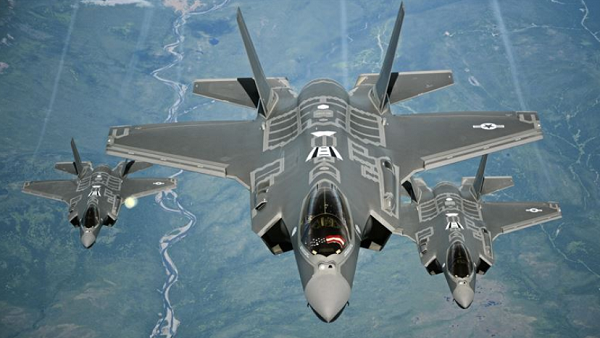
The US Air Force is a Department of Defense Military branch that primarily focuses on air, space, and cyberspace battles.
The Air Force was established in 1947 with the National Security Act of 1947 and Executive Order 9877.
The US Air Force is responsible for creating superior air and space enforcement.
It is comprised of active, reserve, and guard units.
How big is the Air Force?
As of March 2023, the Air Force had 325,605 Active Duty members.
These demographics do not include Guard, Reserve, or Academy members. It also does not include the estimated 8,400 members of the Space Force.
Of the 325,605 members, 64,509 were officers and 261,096 were enlisted.
There are about 12,243 pilots, 3,280 navigators, and 1,363 air battle managers that are grade lieutenant colonel and below.
The Air Force currently has 312 operational squadrons.
There are approximately 71,500 individuals in the Air Force Reserves and more than 106,000 in the Air National Guard.
What does the Air Force do?
They use intelligence, surveillance, and reconnaissance (ISR) to patrol and protect.
Air Force members protect the ground, air, space, and cyberspace.
The use of multiple aircraft provides the ability to counter land and air strikes as well as deliver global strikes and rapid mobility.
This provides support and protection for ground troops below.
The USAF also has space operations that allow for missile warning, GPS, Space Situational Awareness, and to protect communications.
Related Article – Air Force Aerospace Propulsion (2A6X1): Career Details
What are their responsibilities?
The main responsibilities of the Air Force include defending and fighting in air, space, and cyberspace.
Air Force members work both in the air and on the ground.
Ground members work in positions that support the mission through technical work, intelligence gathering, policing, protecting, and more.
The USAF is responsible for being available for air strikes whenever necessary and being vigilant in protecting against air strikes or cyber-attacks.
They ensure communications are secure and GPS is working properly.
What is their command structure?
Under the President and Secretary of Defense, the Air Force has the Military Departments and Unified Commands.
As of January 2020, USAF commands include:
- Air Combat Command
- Air Education and Training Command
- Air Force Global Strike Command
- Air Force Materiel Command
- Air Force Reserve Command
- Air Force Special Operations Command
- Air Mobility Command
- Pacific Air Forces
- U.S. Air Forces Europe
Under commands, the structure follows similar to other branches of the Military.
Numbered Air Force, generally report to commands. Wings report to numbered air forces.
Groups make up wings, squadrons make up groups, flights make up squadrons, and squadrons consist of sections.
Related Article – Pros And Cons Of Joining The Air Force
Navy vs. Air Force: 5 Key Differences
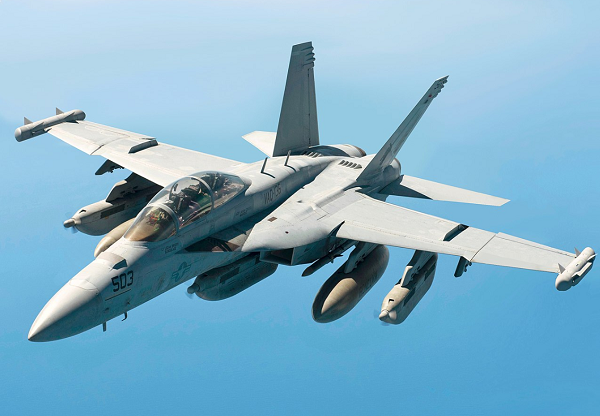
Difference #1: Responsibilities
Probably the most recognizable difference between the Navy and the Air Force is their responsibilities.
The Navy is responsible for protecting ports and the sea.
It consists of deployable ships and other water vessels.
Air Force members protect the sky and space.
Their force is made of mostly aircraft.
Both the Navy and Air Force will have ground positions on soil, but their main responsibilities are elsewhere.
They will both have positions that are in fields such as medical and policing, and both have aircraft pilots.
But even with similar career fields, the responsibilities of those specific individuals are different.
The Air Force is known for its medical evacuation by aircraft.
While the Navy has positions in naval cyber warfare, protecting cyberspace is one of the key responsibilities given to the Air Force.
Even though their responsibilities differ, they will work together when needed.
Difference #2: Command
Another difference between the Air Force and the Navy is their command structure.
The active duty components of each branch fall under Title 10 of the US Code, but that may be all that is similar between their command structures.
The Air Force has a command structure that is similar to that of the Army.
Individuals in the Air Force fall under different commands, depending on their specific job.
They are organized using squadrons that are based on job functions.
The Navy’s command is broken into two different functions: operational and administrative.
Navy members can actually fall under both commands simultaneously.
Operational commands consist of combatant commands that have primary duties of operations and exercises.
Navy administrative commands consist of commands that have the primary duty of all administrative functions such as training, repairs, and medical services.
The Air Force commands all fall under the same structure, while the Navy breaks it into two separate commanding units to allow operational commands to focus on combat and operations duties without the distraction of administrative functions.
Difference #3: Fighter Pilots
Despite the Navy having the main responsibility of protecting the US at sea, they also have fighter pilots.
Fighter pilots in the Navy are not the same as fighter pilots in the Air Force.
A large difference in fighter pilot training is that Navy members must become skilled in landing and taking off from an aircraft carrier.
Both have bases where they land aircraft in the United States, but the Air Force has more bases for aircraft to land, both in the United States and outside of it.
Fighter pilots in the Navy and Air Force also fly different aircraft.
Related Article – Navy Undesignated Seaman (SN): Career Details
Difference #4: Promotions
Both the Air Force and the Navy follow Congress’s recommendations for how many enlisted personnel can be on active duty and how many can be serving above an E-4.
For the Air Force, E-5 and above positions are competitive, and individuals must apply to open positions.
This means that an individual must take a position where someone has retired, been promoted, left for other reasons, or new positions have been allotted.
The Navy has also opened E-4 positions as competitive positions that must be applied for.
Lower promotions generally occur automatically based on time in service or time in grade, while higher ones will include a minimum time requirement in addition to testing requirements.
Additionally, the Navy does not have ranks, they are referred to as rates.
A pay grade and occupational specialty will determine an enlisted member’s rate.
Related Article: Air Force Ranks And Pay
Difference #5: National Guard and Reserve
Another difference between the Navy and the Air Force is their National Guard and Reserve components.
The Air Force has a National Guard, referred to as Air National Guard.
Air National Guard has 54 organizations between states, territories, and the District of Columbia.
The Navy does not have an official National Guard component.
Both the Navy and the Air Force have reserve components.
There are several differences between the reserve components including size, base locations, and specific jobs.
Frequently Asked Questions
Is Navy or Air Force boot camp harder?
While USAF basic training is 7.5 weeks and the Navy 7 to 9 weeks, the swimming requirements for the Navy mean that many recruits find it more challenging.
Does the Air Force pay more than the Navy?
Pay in all branches of the U.S. military is based on rank and time in service.
What is the difference in deployment policies for the Navy vs. the Air Force?
Navy personnel are all assigned a sea/shore rotation, which means a portion of their duty will be at sea, often for 8 to 12 months. The USAF has less stringent deployment policies.
Which branch of the service is better for a tech career, the Navy or the Air Force?
While the Navy offers training and placement in many tech positions, the USAF has key responsibility for military cyber security.
Do both the Navy and the Air Force have a National Guard?
The USAF has both a National Guard and a Reserve component. The Navy only offers the Navy Reserves.
Conclusion
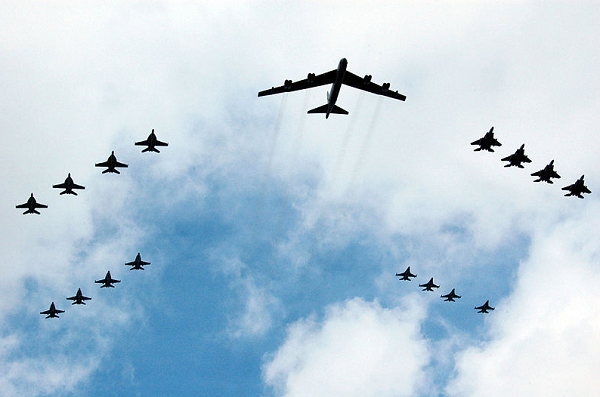
It can be difficult to make a decision between the Navy vs. Air Force.
The Navy mainly supports operations in the sea but has a large air component as well.
The Air Force is responsible for protecting the United States through air operations, cyberspace, and space.
Above, we discussed what each branch does, what its responsibilities are, its size, and its command structure.
Just as important, are the differences between the two branches.
Understanding what each branch does and what their differences may be will help make an informed decision on your future.
Related Article – Air Force Grooming Standards: Haircuts, Mustaches, Beards, And More
References
- Ikon Pass Military Discount: Learn How To Save Big - January 31, 2025
- RTIC Military Discount: Find Out How To Save Big on Gear - January 30, 2025
- Traeger Military Discount: Learn How To Save Big on Smokers - January 28, 2025

